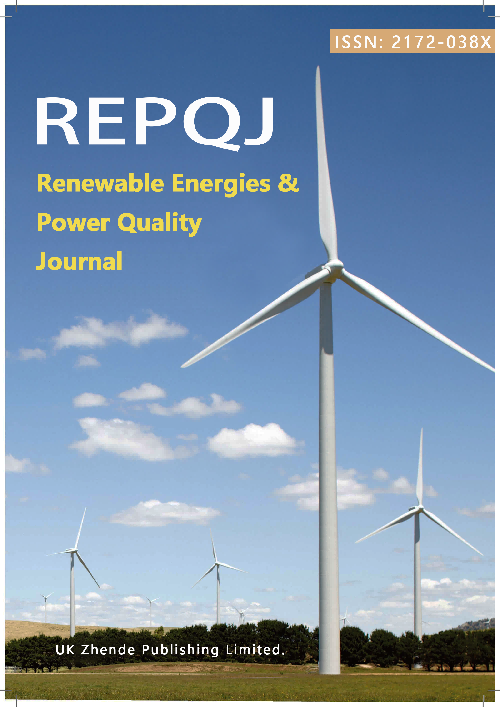Real-time Control Method for Charging and Discharging of Large-capacity Batteries in Intelligent Networks
DOI:
https://doi.org/10.52152/4321Keywords:
Large-capacity battery, Charging and discharging control, Battery health management, Time-varying load prediction, Multi-objective optimizationAbstract
This paper proposes a real-time control method for optimizing the charging and discharging of large-capacity batteries, using intelligent algorithms to improve efficiency, scheduling accuracy and response speed. The method improves battery utilization and extends battery life by real-time monitoring of battery status, load demand and grid fluctuations. An improved multi-layer feature fusion long short-term memory (LSTM) model is used to predict the battery state of health (SOH), and an adaptive time window weighting strategy is used to enhance the model's response to short-term grid load changes. The hierarchical reinforcement learning (HRL) framework optimizes the scheduling strategy through high-level task decomposition and low-level dynamic adjustment. In order to accelerate strategy search, an adaptive particle swarm optimization (PSO) algorithm is used. Experimental results show that this method is superior to the comparative method. When the peak-to-valley difference is 30% and the temperature is 15 degrees, the charging and discharging efficiency is improved by up to 9.7%, and the energy consumption is optimized by up to 20%, and it can still maintain good adaptability and stability under extreme conditions.
Downloads
Published
Issue
Section
License
Copyright (c) 2025 Ming Lu, Yupeng Cai, Zhiyu Liu, Qingyang Tian, Meng Wu, Xiangdong Gong (Author)

This work is licensed under a Creative Commons Attribution 4.0 International License.











